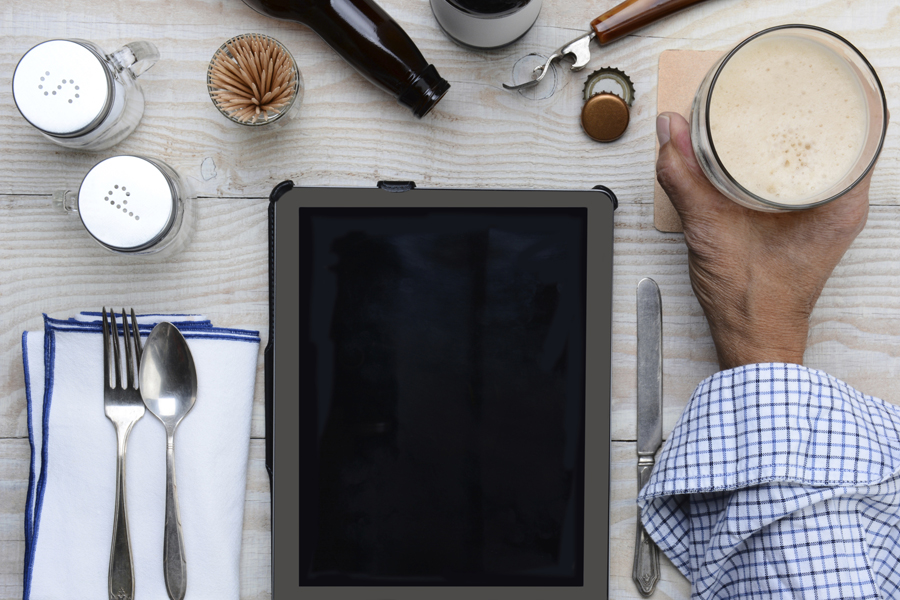Hamptons Homebrewing: Beer on Your Own Time!

Many of us on the East End are beer enthusiasts, beer aficionados, beer fans—in short, we love beer. Thanks to the craft beer explosion, there’s a wide variety of brews to choose from today, but the most rewarding beer to drink is the one that you’ve made yourself.
I’ve been homebrewing for about two years now, and each brewing cycle is exciting and unique—I’ve often compared it to cooking, and for the first part of the process, that’s essentially what it is. Two years ago, after a lot of hemming and hawing, I ponied up the 200-odd dollars for a beginner’s brew kit, containing a fermenting bucket, bottling equipment, a bottle capper, an airlock, a hydrometer and a starter set of ingredients, along with an extensively detailed instruction booklet. I went the modern route and bought my equipment from MonsterBrew.com, a reputable homebrewing website which also sells bulk ingredients, bottle caps and other necessities, but there are a number of homebrewing supply stores for those on the East End who prefer a more personal touch. These include Back Alley Brew Shop and Hoptron Brewtique, both in Patchogue, Karp’s Hardware in East Northport and Arbor Wine & Beer Making Supply in Islip. Homebrewing supply stores have not entirely made their way out to the Hamptons yet, but they’re slowly creeping closer.
As far as the actual brewing is concerned, an incalculable amount of it is about luck and improvisation, once you’ve got the basic elements down. All beer is composed of malt, hops, yeast, and water—everything else is incidental (or instrumental, depending on what you’re brewing). I’ve made six batches since I started homebrewing (each batch equals out to about 40 to 50 servings of beer) and only three of them have been successful. The three successful batches are the three most recent ones—trial and error is your best friend when you’re learning to brew on your own.
For a quick walk-through (this isn’t intended to be an actual set of instructions; those can be found with your brewing kit and are far more detailed), the first stage generally involves heating your malt and water for some time, and eventually adding hops as it reaches a boil. Next, you will transfer your wort (the mixture of hops, malt and water) to a glass carboy or fermentation bucket (entirely up to your preference), where you will add yeast before sealing with an airlock. Then, the brew has to be left alone to ferment for at least two weeks; certain styles necessitate more time, and lagers require a colder environment, usually between 45° and 60° Fahrenheit. After fermenting, you’ll either keg or bottle your beer. If bottling, you’ll transfer the wort to a secondary bucket and add boiled sugar to induce carbonation, and then siphon your beer into bottles, which you’ll seal with your handy bottle capper. I only have experience with bottling, which is the less expensive option, as you can reuse any empty pry-off beer bottles sitting around your house; but it’s a far more irksome process, since it involves siphoning beer safely into 50 bottles, and potentially overfilling them and spilling noncarbonated beer all over yourself.
In my experience, you ought to wait at least two weeks after bottling before you crack open one of your creations—and don’t refrigerate them until they’re exactly where you want them, as refrigeration will slow the carbonation process. The longer you let the bottles sit, the more complex and flavorful your finished product will be.
This, of course, is just a very brief overview, but the world of homebrewing is open to anyone with a taste for beer, and an ambition to fully explore your palate.
I look forward to trying your brews!



